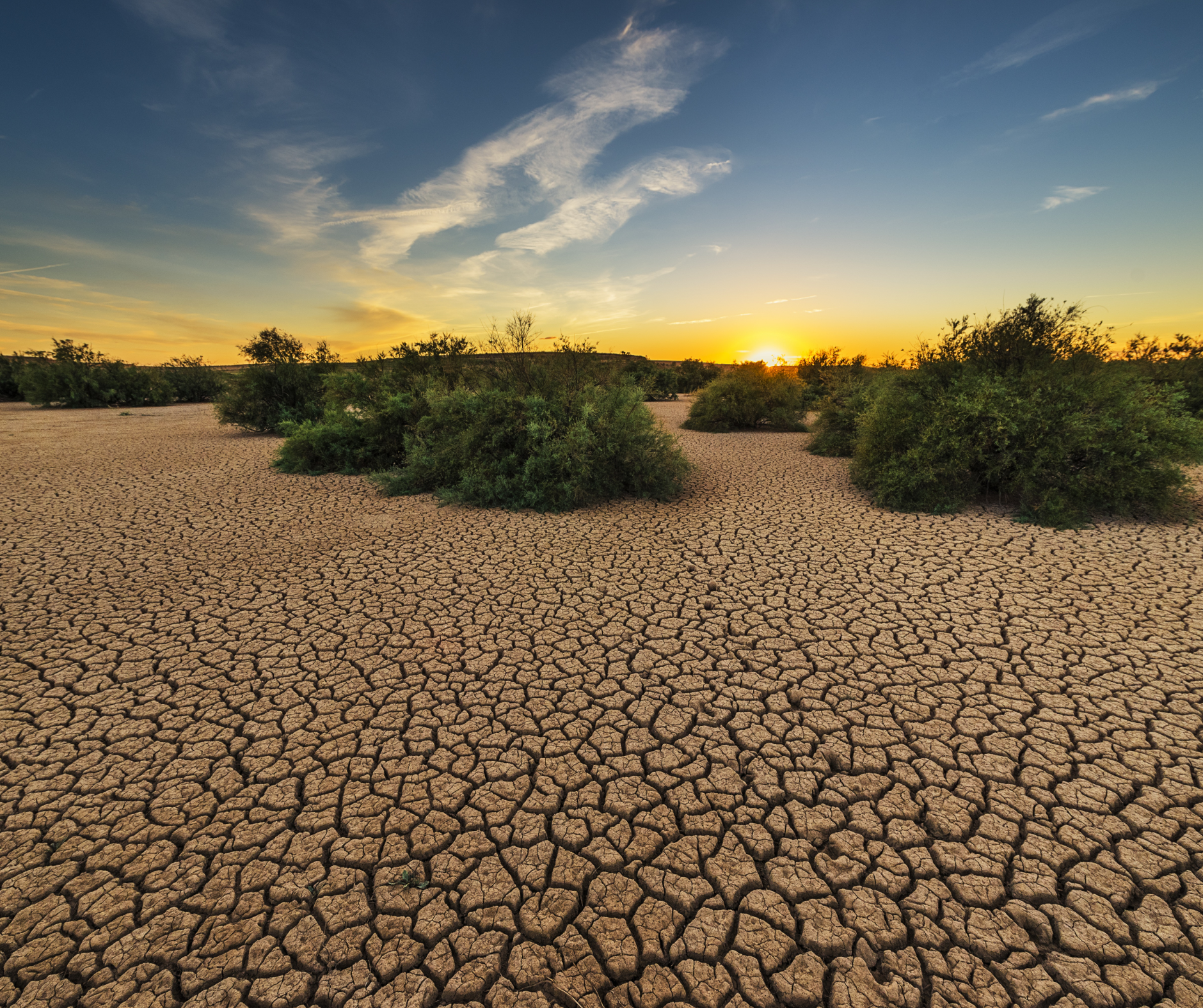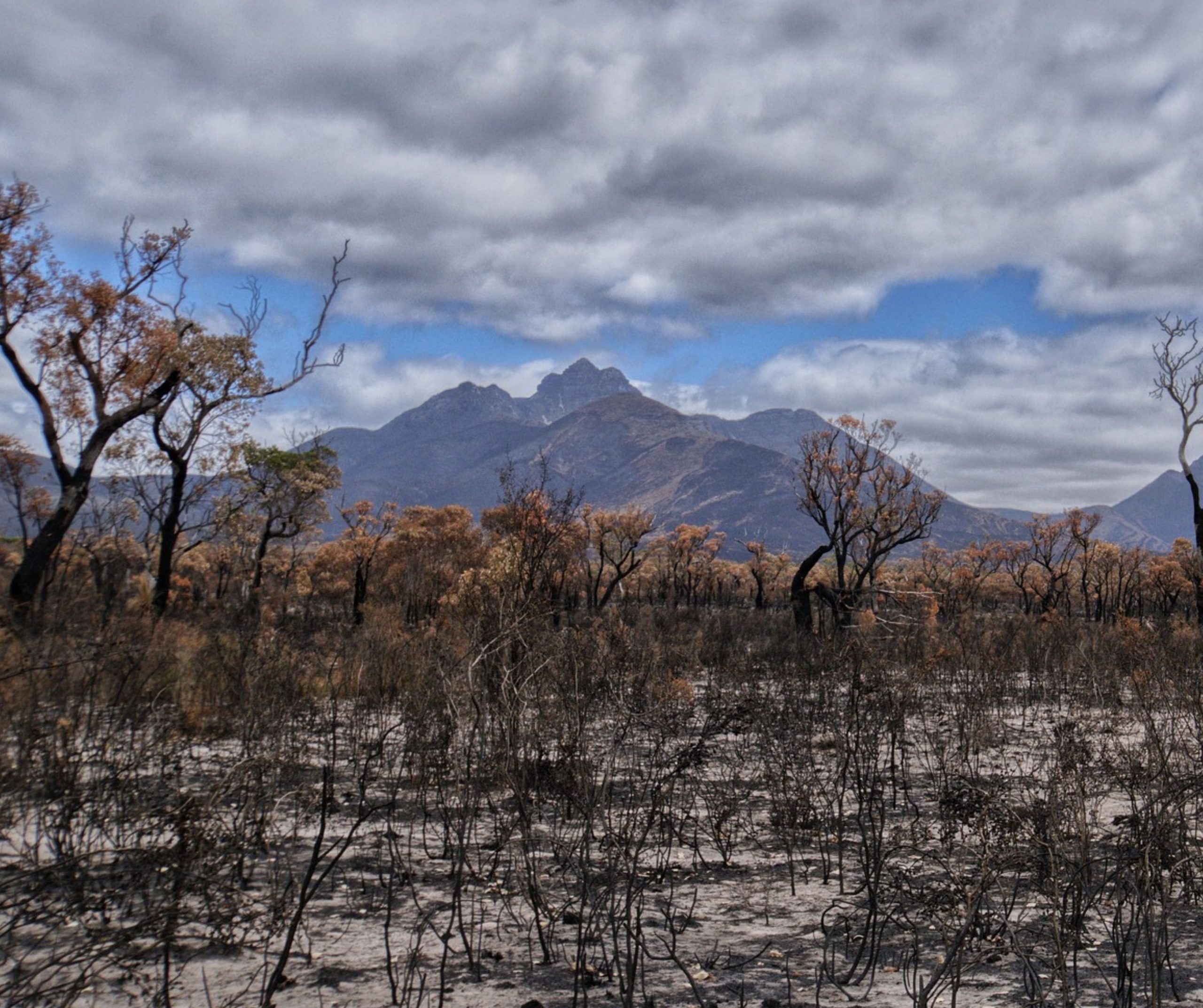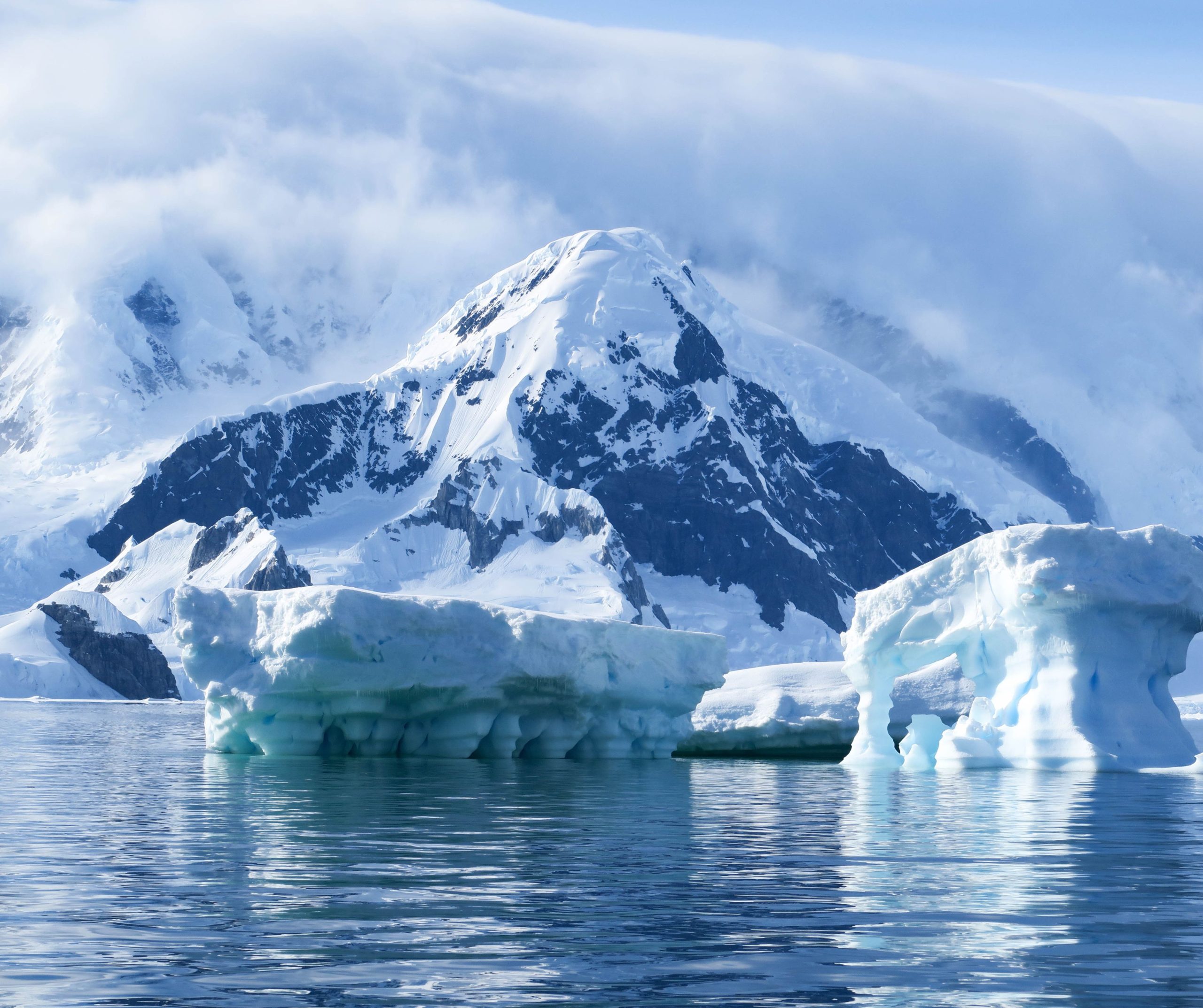-
Can we attribute extreme events in Australia to climate change?

Understanding the science around extreme weather attribution and the complex issues associated with it.
-
What is detection and attribution?

Understanding the role of climate change behind costly or deadly impacts allows for mitigation and response systems such as building codes or public health resources to be sufficiently bolstered, particularly as the risk of impacts increases.
-
What is El Niño’s impact on Australia’s weather and climate?

Climate models suggest that the rainfall decrease and temperature increase during El Niño will likely intensify in the future.
-
Understanding the meteorological drivers of the Black Summer fire events using high resolution simulations

We used an atmospheric model from the Met office in the UK called the unified model to simulate one of the black summer bushfire events.
-
Understanding how groundwater dynamics impacts droughts and heatwaves using a land surface model

The presence of groundwater in forested areas reduces rainfall loss in wet periods and maintains soil moisture in dry periods.
-
Studying the ocean around Antarctica using ocean models

This study is an example how models help us to examine and understand how ocean currents behave and how they impact our environment.
-
Climate modelling – an overview

There are many types of climate models, and they vary widely in complexity.
-
A closer look at climate modelling

Climate models come in different forms and are used to understand the Earth’s future.
-
What is ocean biogeochemistry?

The oceans’ biology and chemistry influence the climate because ocean, atmospheric and land processes are all interconnected.
-
Using Machine Learning to Cut the Cost of Downscaling Global Climate Models

This research has the potential to create RCM emulators that can efficiently downscale multiple variables simultaneously, while preserving the physical relationships between them.
